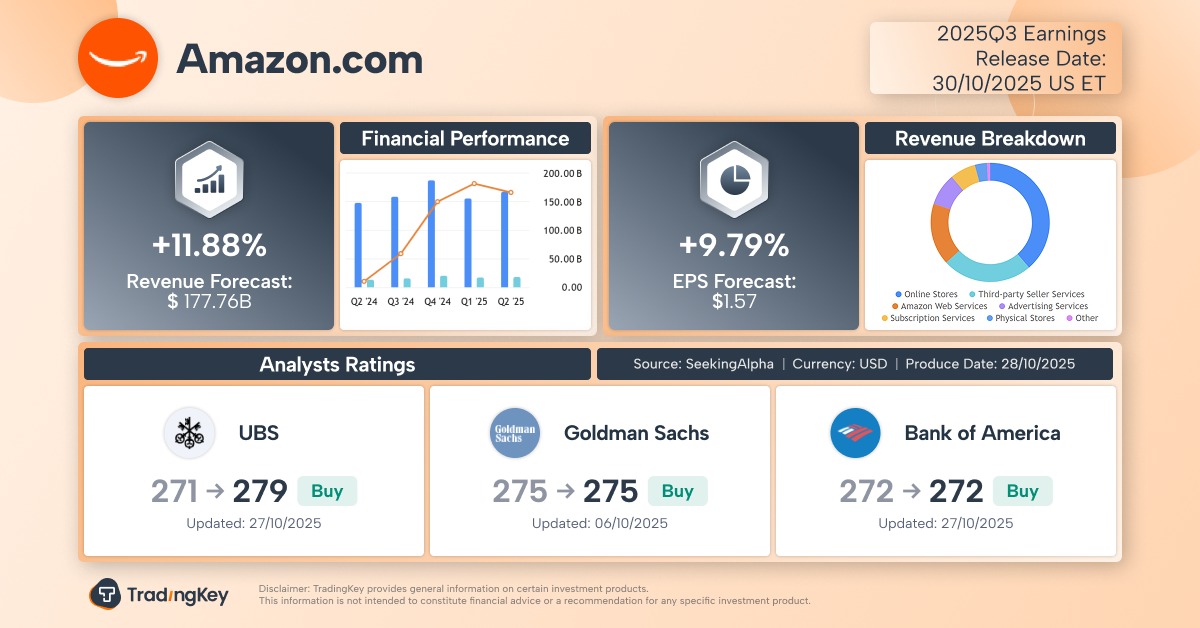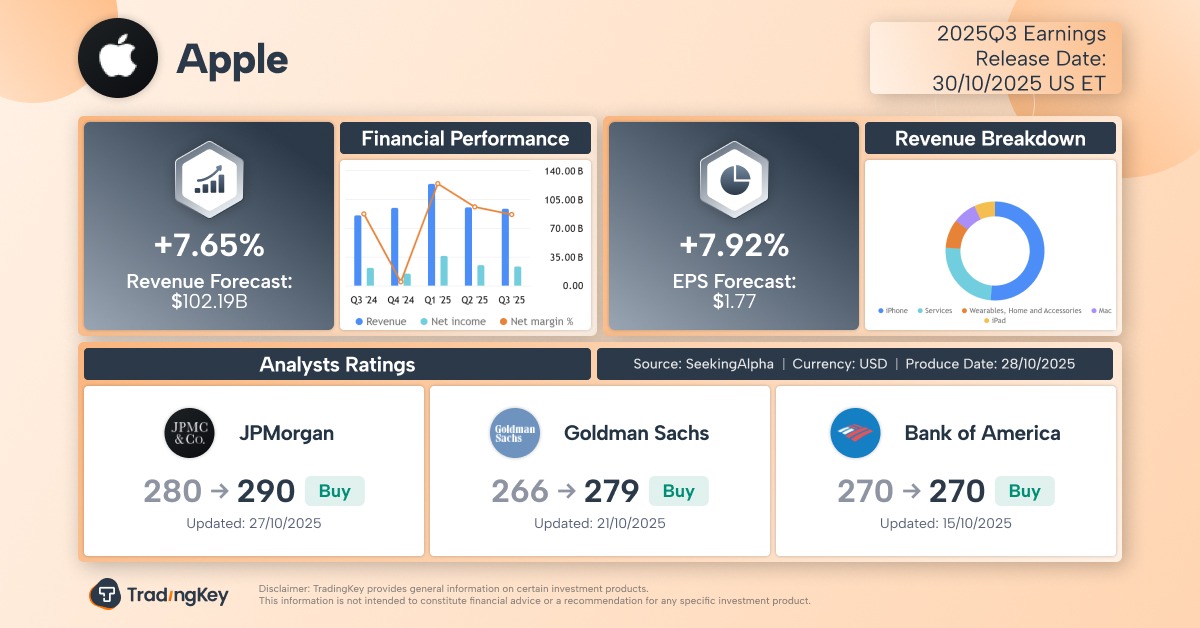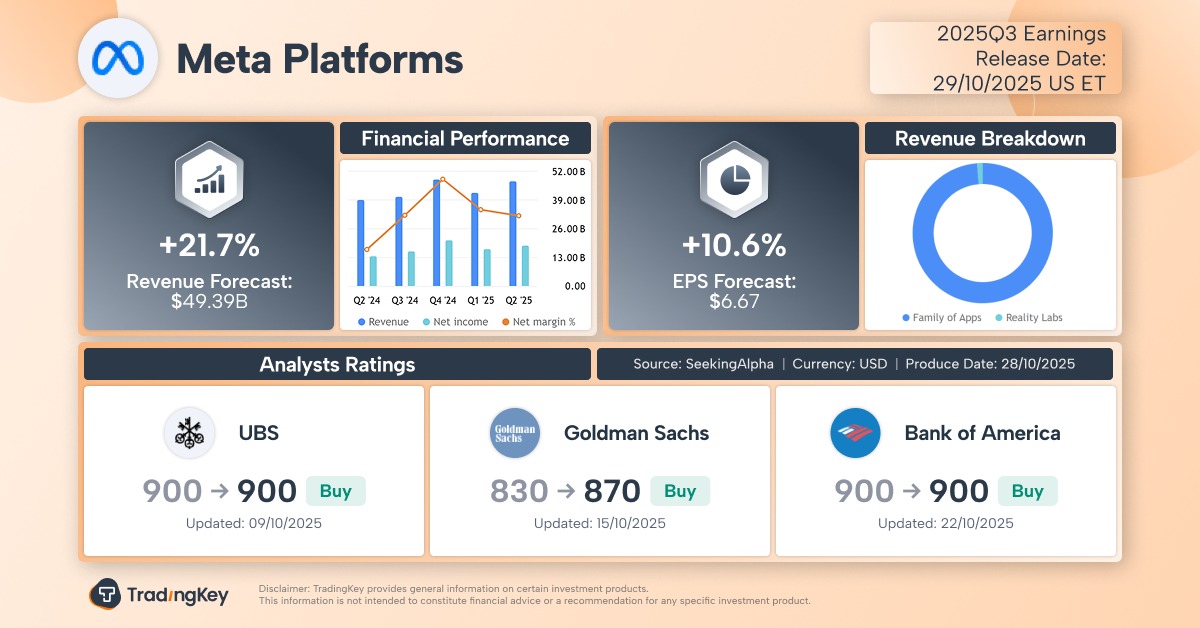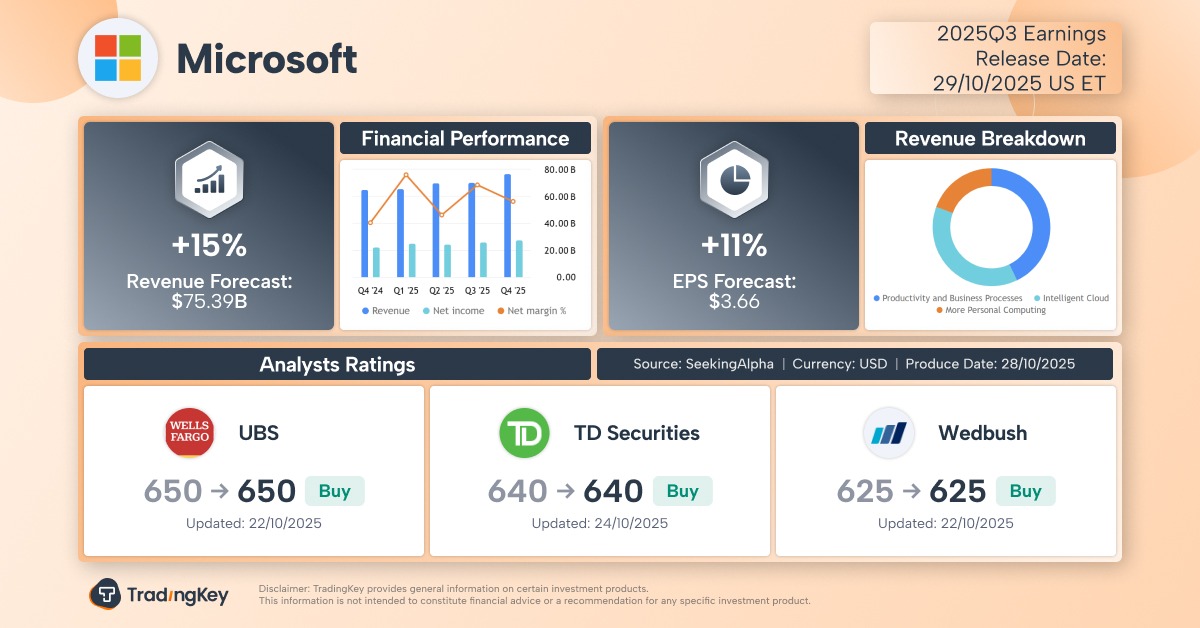Mexican Peso sinks amid political uncertainty shrugs off NFP data

- Mexican Peso tumbles as USD/MXN rallies above 20.00 following mixed US jobs data, hitting a daily high of 20.09 before retreating.
- Fed rate cut expectations remain uncertain, fluctuating between 50 and 25 bps, adding pressure on the Mexican Peso.
- Political instability in Mexico, driven by controversial judicial reforms, keeps traders risk-averse toward the Peso.
The Mexican Peso depreciated against the American currency on Friday after the US Nonfarm Payrolls (NFP) report spurred volatility in the bond market. Fed interest rate probabilities fluctuated between a 50 or 25-basis-point cut. This and Mexico’s political uncertainty around controversial reforms keep the Peso pressured. The USD/MXN trades at 20.00, gaining 0.73%.
The US Bureau of Labor Statistics (BLS) revealed that the US economy created fewer jobs than expected but improved compared to July figures. The same report showed that the Unemployment Rate, which ticked two-tenths higher in July, dipped in August, relieving the Federal Reserve (Fed) from lowering borrowing costs in an “aggressive” way.
After the data, the USD/MXN rallied above 20.00 and hit a daily peak of 20.09 but retreated as US yields retreated and undermined the Greenback.
As of writing, the US Dollar Index (DXY), which tracks the buck’s performance against another six currencies, has recovered and climbed 0.23%, up at 101.29, after hitting a low of 100.58.
Meanwhile in Mexico, the docket featured the release of the Citibanamex Expectations survey, Bank of Mexico Deputy Governor Jonathan Heath's speech and Auto industry data. Politics will likely continue to drive USD/MXN price action for the remainder of September.
Additionally, political uncertainty weighed on the Mexican Peso as traders turned risk-averse to the carry trade involving that currency and bought the USD/MXN. Two days ago, the lower house sent a controversial package of bills to the Senate, including changes to the judicial system pushed by President Andres Manuel Lopez Obrador (AMLO).
If the Senate approves the judicial reform, then “it will be passed to 32 local congresses for their approval. Once the bill is approved in 17 of those states, the changes to the Mexican Constitution will be officially made,” writes FXStreet.
Daily digest market movers: Mexican Peso shrugs off soft US data, drops on risk aversion
- September’s Citibanamex Survey showed that private economists estimated the Mexican economy will grow 1.5% in 202$, down from 1.7%.
- Regarding inflation, the poll revealed that the Mexican Consumer Price Index (CPI) in 2024 would end at 4.60%, and next year it will hit 3.8%. Core CPI is forecast to end 2024 at 3.9%, and by 2025 it is expected to dive to 3.71%.
- The survey added that Banxico is expected to lower rates to 10.25% in 2024 and to 8.25% in 2025. The USD/MXN exchange rate is forecast to end 2024 at 19.50 and 2025 at 19.85.
- INEGI revealed that Mexico’s Auto Exports rose by 1.7% YoY in August after declining 2.7% YoY in July. Auto Production, meanwhile, rose by 8.3% YoY against the 2.7% of July.
- US Nonfarm Payrolls jumped by 142K in August but missed the mark of 160K. Should be said that July’s figures were downwardly revised from 114K to 89K.
- The Unemployment Rate dipped from 4.3% to 4.2%, while Average Hourly Earnings rose from 3.6% to 3.8% YoY in August.
- Data from the Chicago Board of Trade (CBOT) suggests the Fed will cut at least 104 basis points this year, up from 103 bps a day ago, according to the fed funds rate futures contract for December 2024.
Technical outlook: Mexican Peso softens as USD/MXN hovers around 20.00
Price action since the beginning of the rally in late May suggests that the USD/MXN uptrend is set to continue. Two times, buyers have bought the dip, and momentum is in their favor, as portrayed by the Relative Strength Index (RSI).
The RSI is bullish with an upward slope. Therefore, the path of least resistance is up.
If the USD/MXN clears 20.00, the next ceiling level would be the YTD high at 20.22. On further strength, the pair could challenge the daily high of September 28, 2022, at 20.57. If those two levels are surrendered, the next stop would be the swing high at 20.82 on August 2, 2022, ahead of 21.00.
Conversely, if USD/MXN weakens further, the first support would be 19.50. A breach of the latter will expose the August 23 swing low of 19.02 before giving way for sellers eyeing a test of the 50-day Simple Moving Average (SMA) at 18.65.
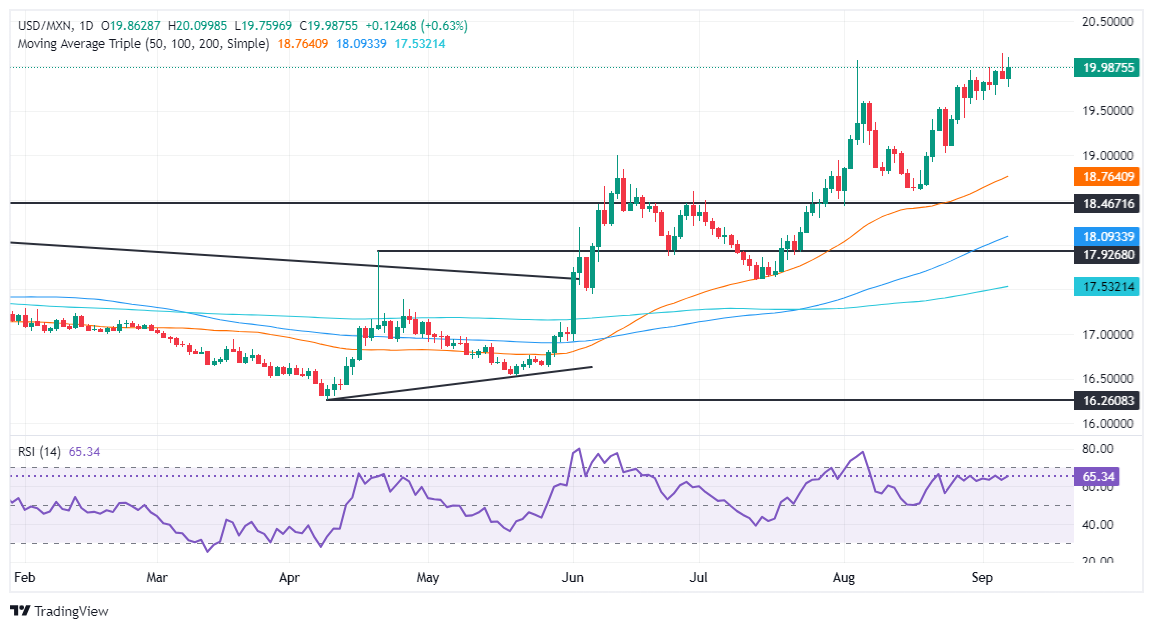
Banxico FAQs
The Bank of Mexico, also known as Banxico, is the country’s central bank. Its mission is to preserve the value of Mexico’s currency, the Mexican Peso (MXN), and to set the monetary policy. To this end, its main objective is to maintain low and stable inflation within target levels – at or close to its target of 3%, the midpoint in a tolerance band of between 2% and 4%.
The main tool of the Banxico to guide monetary policy is by setting interest rates. When inflation is above target, the bank will attempt to tame it by raising rates, making it more expensive for households and businesses to borrow money and thus cooling the economy. Higher interest rates are generally positive for the Mexican Peso (MXN) as they lead to higher yields, making the country a more attractive place for investors. On the contrary, lower interest rates tend to weaken MXN. The rate differential with the USD, or how the Banxico is expected to set interest rates compared with the US Federal Reserve (Fed), is a key factor.
Banxico meets eight times a year, and its monetary policy is greatly influenced by decisions of the US Federal Reserve (Fed). Therefore, the central bank’s decision-making committee usually gathers a week after the Fed. In doing so, Banxico reacts and sometimes anticipates monetary policy measures set by the Federal Reserve. For example, after the Covid-19 pandemic, before the Fed raised rates, Banxico did it first in an attempt to diminish the chances of a substantial depreciation of the Mexican Peso (MXN) and to prevent capital outflows that could destabilize the country.


